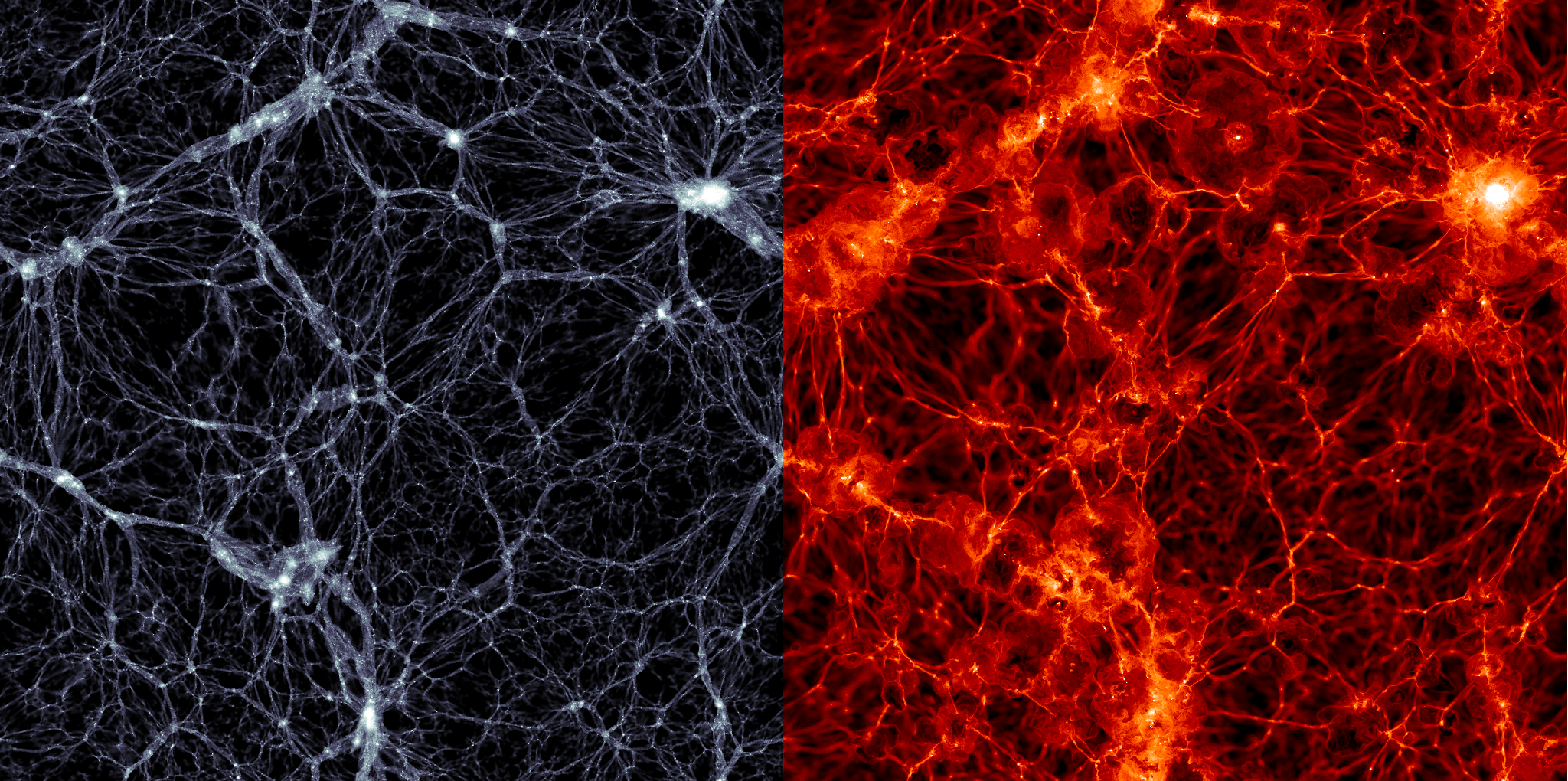Today, the greatest mysteries facing astronomers and cosmologists are the roles gravitational attraction and cosmic expansion play in the evolution of the Universe. To resolve these mysteries, astronomers and cosmologists are taking a two-pronged approach. These consist of directly observing the cosmos to observe these forces at work while attempting to find theoretical resolutions for observed behaviors – such as Dark Matter and Dark Energy.
In between these two approaches, scientists model cosmic evolution with computer simulations to see if observations align with theoretical predictions. The latest of which is AbacusSummit, a simulation suite created by the Flatiron Institute’s Center for Computational Astrophysics (CCA) and the Harvard-Smithsonian Center for Astrophysics (CfA). Capable of processing nearly 60 trillion particles, this suite is the largest cosmological simulation ever produced.
Continue reading “A new Simulation of the Universe Contains 60 Trillion Particles, the Most Ever”
